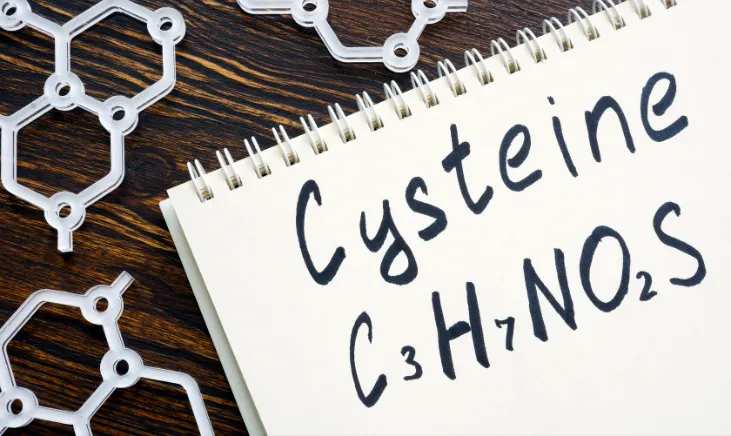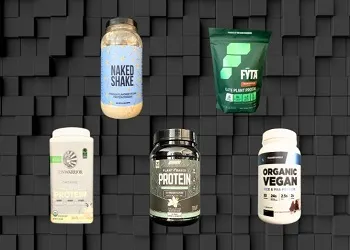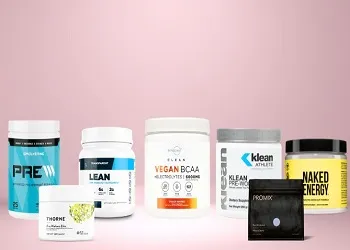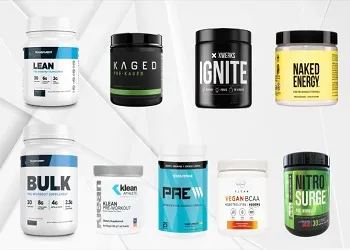In health and nutrition, cysteine is a semi-essential amino acid, pivotal for building proteins and supporting antioxidant defenses in our body. This guide takes you through the top 10 foods highest in cysteine, with some common and some surprising sources that can enhance your diet.
Whether aiming to boost your health, improve fitness, or simply seek nutritious dietary options, understanding and incorporating cysteine rich foods is a step toward optimal wellness.
Table of Contents
What is Cysteine?
Cysteine is an amino acid that is non-essential, meaning your body can make it from another amino acid, and it does not have to be consumed. However, just because we don’t need to consume it, eating cysteine-rich foods or taking cysteine supplements can be helpful for various reasons.
Cysteine plays an important role in making proteins, as well as supporting other bodily functions. It’s a precursor to glutathione, one of the body’s most potent antioxidants. Glutathione plays a critical role in protecting cells from oxidative stress and damage, which are linked to various chronic diseases and aging processes. Additionally, cysteine influences immune system function and has been shown to have detoxifying properties, helping the body to neutralize toxins and heavy metals.
Understanding L-Cysteine and N-Acetyl Cysteine
Within the broader category of cysteine, two significant forms are often discussed: L-cysteine and N-acetyl cysteine (NAC).
- L-cysteine is the natural form of this amino acid found in foods and produced by the body. It’s crucial for synthesizing proteins, detoxification, and various metabolic processes. L-cysteine is also used in supplement form, often to support hair and nail growth due to its role in forming keratin.
- N-acetyl cysteine is a modified form of cysteine with an acetyl group attached to it, enhancing its bioavailability. NAC is renowned for its role in replenishing glutathione levels and is often used in medical settings for its ability to break up mucus, making it beneficial for respiratory conditions. Studies have also shown that NAC can be effective in psychiatric and neurological disorders due to its antioxidant and anti-inflammatory properties.
Health Benefits of Cysteine

The benefits of incorporating cysteine into your diet are multifaceted and significant. Here are some of the key advantages:
- Antioxidant Support: As a precursor to glutathione, cysteine plays a vital role in your body’s antioxidant defense system. This helps in reducing oxidative stress, which is linked to a variety of chronic diseases, including heart disease and cancer.
- Immune System Boost: Cysteine is essential for making glutathione, which is crucial for a robust immune system. A healthy level of cysteine can enhance your body’s ability to fight infections and recover from illnesses more quickly.
- Detoxification: Cysteine aids in detoxifying harmful substances in the body. It’s particularly effective in reducing the toxicity of drugs, environmental toxins, and heavy metals.
- Skin and Hair Health: Cysteine is a component of keratin, a protein that is vital for healthy skin, hair, and nails. Increasing cysteine intake can contribute to improved skin elasticity and hair strength.
- Respiratory Health: Cysteine can help thin mucus in your lungs, making it easier to expel. This mainly benefits individuals with respiratory conditions like chronic bronchitis or COPD.
Learn more about the essential amino acids and their health benefits here.
Top 10 Foods Highest in Cysteine
Boosting your cysteine intake starts with knowing which foods are rich in this essential amino acid. Here’s a curated list of the top 10 foods that are not only high in cysteine but also easily incorporated into a variety of diets.
Whey Protein

Whey protein is a standout source of cysteine, which boosts the body’s production of the antioxidant glutathione. It’s particularly beneficial for muscle repair and growth, making it a favorite among athletes. Research has shown that whey protein can significantly increase cellular levels of glutathione, enhancing the body’s antioxidant defenses.
Poultry (Chicken and Turkey)

Poultry, such as chicken and turkey, is an excellent source of high-quality protein and cysteine. Regular consumption can contribute to muscle maintenance and overall health. The cysteine in poultry aids in antioxidant production and supports a healthy immune system.
Eggs

Eggs, especially the yolks, are rich in cysteine and a variety of other essential nutrients. They play a critical role in maintaining hair and nail health due to their high keratin content. Eggs are also versatile in cooking, making them an ideal source of cysteine for many diets.
Red Meat (Beef and Lamb)

Red meats like beef and lamb are significant sources of cysteine and other essential amino acids. They contribute to muscle building and repair but should be consumed in moderation due to their saturated fat content. Cysteine from red meat aids in the synthesis of glutathione, which is crucial for detoxifying the body.
Yogurt
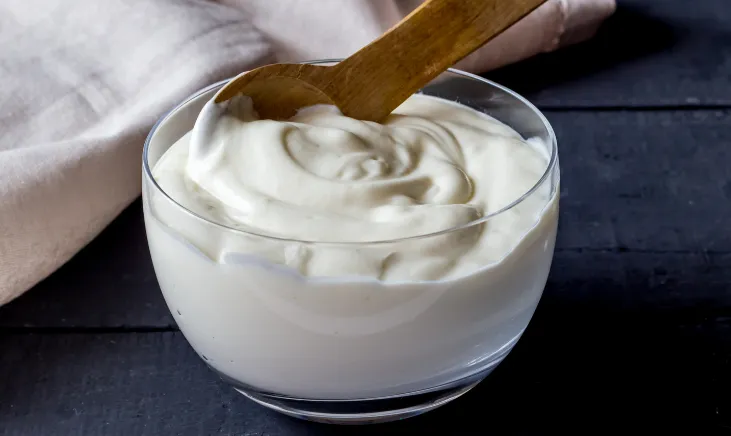
Yogurt is not only a delightful source of cysteine but also contains probiotics for gut health. Regular consumption can improve digestive health and boost immune function. The cysteine in yogurt also contributes to maintaining skin and hair health.
Cottage Cheese
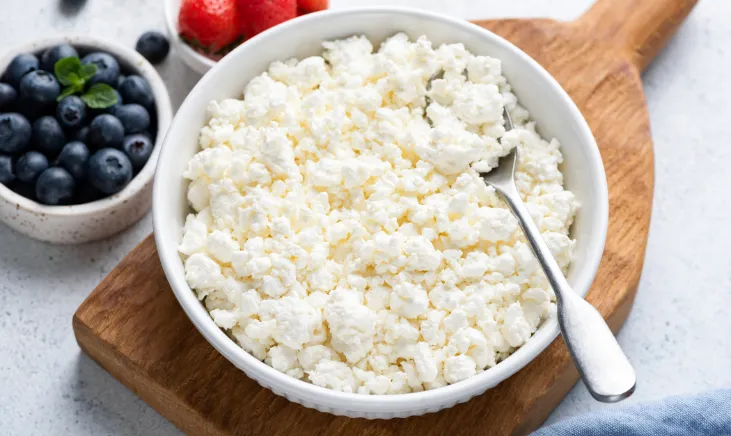
Cottage cheese is a versatile and rich source of cysteine. It can be easily incorporated into various meals, from breakfast to dinner. The high protein content, including cysteine, makes cottage cheese an excellent choice for muscle maintenance.
Oats

Oats are a heart-healthy option that also provide a decent amount of cysteine. Regular consumption of oats can aid in lowering cholesterol levels and improving heart health. The cysteine in oats contributes to maintaining hair, skin, and nail health.
Broccoli
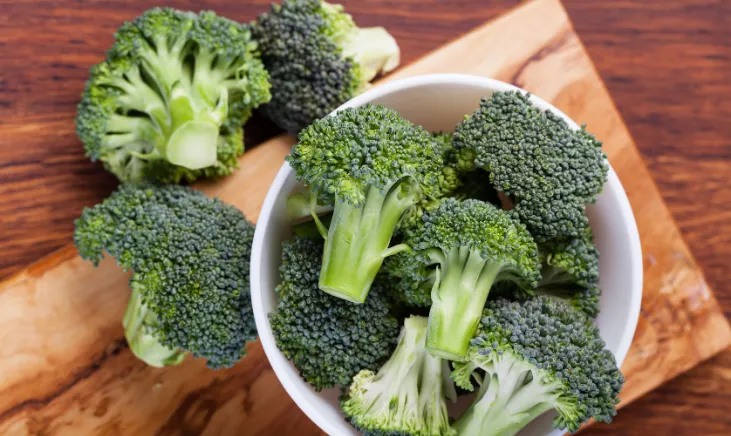
Broccoli, a powerhouse among vegetables, is rich in cysteine and packed with vitamins and minerals. Its antioxidant properties, partly due to cysteine, help reduce the risk of chronic diseases.
Brussels Sprouts
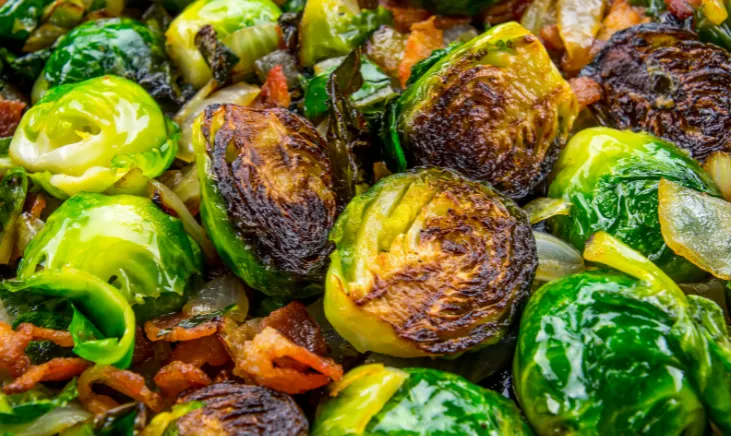
Brussels sprouts are another excellent plant-based source of cysteine. They contain antioxidants that help protect against cellular damage and support overall health.
Sunflower Seeds
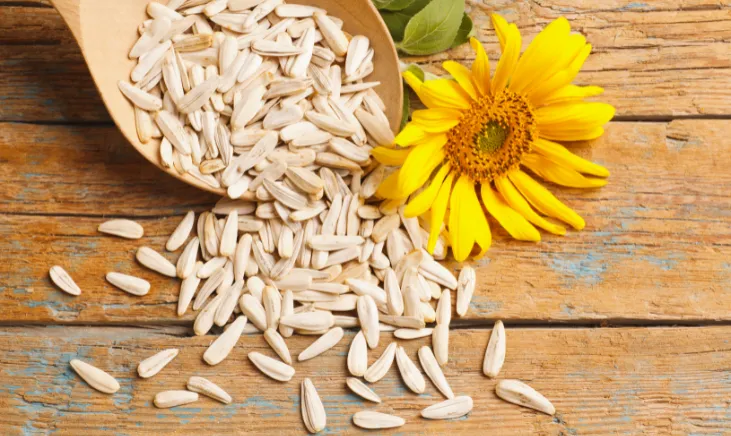
Sunflower seeds are a convenient and tasty source of cysteine. They are perfect for snacking or adding to salads and other dishes. The cysteine in sunflower seeds supports skin health and contributes to the body’s antioxidant defenses.
Want to know more about amino acid-rich foods? Check out our article about all 20 amino acids and where to find them.
Foods Low in Cysteine
Now you may be wondering, which foods are low in cysteine? Here are a few food groups that are usually lacking cysteine. That being said, they shouldn’t be avoided. They should just be paired with high-cysteine foods if you are trying to increase your cysteine intake.
- Most Fruits and Vegetables: While fruits and vegetables are packed with essential vitamins and minerals, many have low cysteine content. This includes popular choices like apples, oranges, bananas, carrots, and lettuce. These foods are rich in other nutrients and are beneficial for overall health but don’t contribute significantly to cysteine intake.
- Grains and Cereals: Common grains and cereals such as rice, wheat, and corn are typically low in cysteine. While they are fundamental to a balanced diet and provide other vital nutrients like fiber and B vitamins, their cysteine content is relatively minimal.
- Legumes: Beans, lentils, and peas, which are staples in many vegetarian and vegan diets, contain relatively lower levels of cysteine compared to animal-based protein sources. They are, however, excellent sources of other amino acids, fiber, and minerals.
- Nuts and Seeds (with exceptions): While certain seeds, like sunflower seeds, are good sources of cysteine, many nuts and seeds have lower levels of this amino acid. For instance, almonds, walnuts, and cashews have less cysteine than sunflower and sesame seeds.
- Tubers: Root vegetables such as potatoes, sweet potatoes, and yams are low in cysteine. They are, however, rich in carbohydrates, fiber, and other essential nutrients, making them a valuable part of a healthy diet.
Frequently Asked Questions
Which foods are high in cystine?
Foods high in cystine, a form of cysteine, include poultry, eggs, red meat, dairy products (yogurt and cottage cheese), whole grains (oats), and certain vegetables (broccoli and Brussels sprouts). These foods offer a good balance of cystine and other nutrients.
What happens if you lack cysteine?
A deficiency in cysteine can lead to weakened immune function, decreased antioxidant protection, and potential issues with hair, skin, and nail health. Since it’s involved in protein structure, a lack of cysteine can also affect overall physical health and repair processes.
What happens when you have too much cysteine?
Excessive cysteine can lead to adverse effects such as oxidative stress, an imbalance in amino acids, and potential toxicity. High levels of cysteine supplements might also cause gastrointestinal discomfort and allergic reactions.
Who should limit their cysteine?
Individuals with certain health conditions like cystinuria, a kidney condition where cysteine accumulates, should limit their cysteine intake. It’s always best to consult a healthcare provider for personalized dietary advice.
Which foods have cysteine and methionine?
Foods rich in cysteine and methionine include meats, poultry, fish, eggs, dairy products, nuts, and seeds. These amino acids work together in the body and are essential for various health aspects.
Which foods are high in n-acetyl cysteine?
N-acetyl cysteine (NAC) is not commonly found in foods but is taken as a supplement. However, foods rich in cysteine, like poultry, yogurt, and eggs, can help increase NAC levels in the body, as NAC is derived from cysteine.
Can I get enough cysteine from a plant-based diet?
Yes, it’s possible to get enough cysteine from a plant-based diet. Foods like broccoli, Brussels sprouts, and oats are good sources. However, plant-based sources generally have lower cysteine content than animal-based foods, so diversity in food choices is key.
